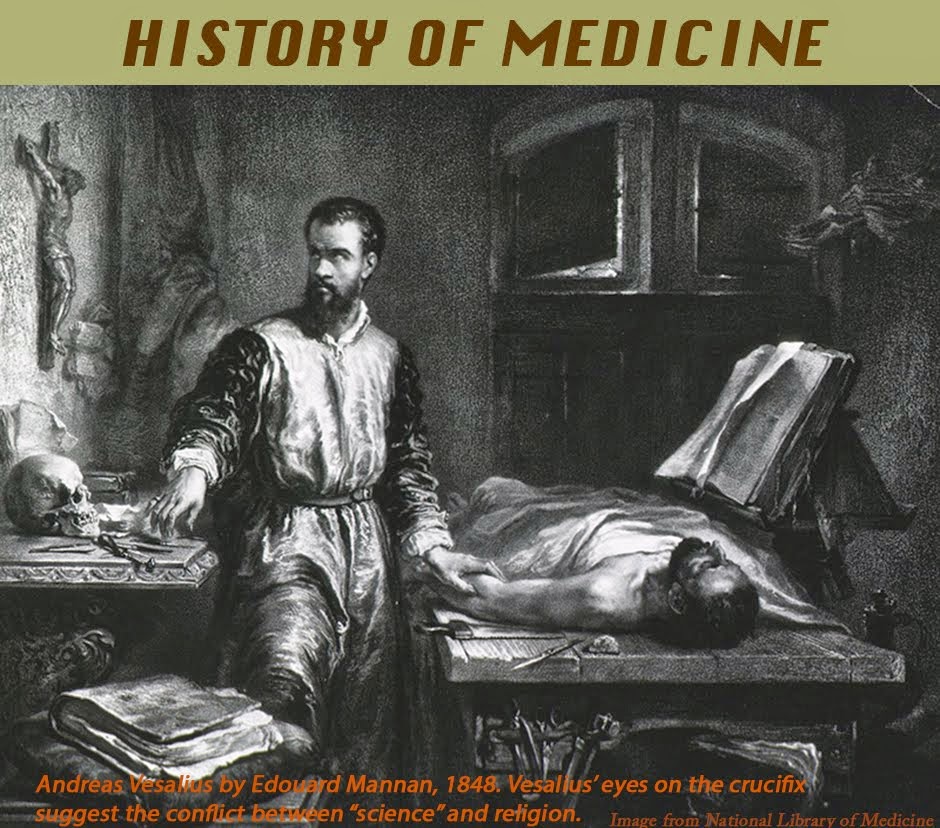A MIRACLE DRUG, MAYBE
She was known only as Mrs. G, a twenty-seven-year-old woman with debilitating rheumatoid arthritis that largely confined her to a bed and chair existence. Grasping at straws, she had already undergone a trial of streptomycin, based on theories of an infectious cause for her arthritis, without any improvement. In July 1948, she journeyed to the Mayo Clinic after hearing about a possible new approach to the disease: inducing jaundice.
The chief of the rheumatology service at the Mayo Clinic was Philip Hench. He had founded and directed the first rheumatology
 |
| Philip Hench (Wikipedia) |
service at the Clinic. An alert clinician, Hench noticed that the pain and immobility of rheumatoid arthritis sometimes improved for weeks to months in patients who were jaundiced from various causes (except hemolysis). Sensing a treatment opportunity, he infused bilirubin in large doses into patients and even transfused blood from jaundiced individuals, but with little or no improvement (1938). Noticing that pregnancy also helped rheumatoid arthritis in women, Hench transfused blood from pregnant women and administered female hormones, but without success. Some women even deliberately became pregnant again, hoping to make permanent the improvement in pain and stiffness.
This time Hench gave Mrs. G, and another patient, lactophenin, a substance that induced jaundice. But Mrs. G never turned yellow, though her companion did, and was released from the study. She refused to leave, however, badgering the Mayo doctors for another possible therapy.
Based on the jaundice and pregnancy results, Hench had proposed a “substance X” present in the blood in these conditions that rendered rheumatoid arthritis potentially reversible. Since it appeared not to be a sex hormone or released from the liver, attention turned to the adrenal cortex. During WWII, research on extracts from the adrenal cortex had accelerated. Rumors proliferated that German scientists had isolated a substance from the adrenal cortex that increased tolerance to oxygen deprivation in fighter pilots and that submarines were transporting large quantities of bovine adrenal
 |
| Edward Kendall (Wikipedia) |
glands from Argentina to Germany. Edward Kendall, at the Mayo Clinic, who had already isolated thyroxine and glutathione, and a Swiss chemist, Tadeusz Reichstein, had both isolated compound E from the adrenal cortex in 1936. The procedures were laborious and the quantities small. Because compound E, unlike other isolates, kept adrenalectomized rats alive and might be valuable for stressed pilots, the U.S. prioritized efforts to synthesize it.
Mrs. G’s pleas for another treatment touched Hench. He turned to Edward Kendall, who had isolated compound E, who persuaded Merck, the owner of the scarce
 |
| Tadeusz Reichstein (Wikipedia) |
substance, to release 5 grams for use. Hench, not optimistic about the outcome, left the trial to two younger rheumatologists working on the service, Charles Slocum and Howard Polley.
Mrs. G received the first of twice daily injections of 50 mg of compound E on September 21. By the 23rd she felt better and by the 24th she was walking around and doing light exercise. By the 28th she went shopping for three hours, saying “I have never felt better in my life.” Hench, stunned, was about to leave for London at this critical moment to give the prestigious Heberden Lecture. He swore everyone involved to complete secrecy until he returned. On the way to London, he detoured to New York to meet with Merck executives to swear them to secrecy and to obtain more of the scarce compound E.
Meanwhile, Mayo doctors tried compound E (soon to be called cortisone) on more patients, including some with lupus and other rheumatic diseases, with equally startling results. Merck, before publicizing such extraordinary findings, wanted the security of involving experts beyond the Mayo group. Hench coaxed a group of five prominent rheumatologists from around the country to come to Rochester. One of them, Dr. Richard Freyberg, from New York’s Hospital for Special Surgery, recalled the event years later. Hench had turned his large house into a clinic, complete with X-ray viewers, microscopes, and movie projectors, and plenty of food. Two patients were examined carefully, then injected once with 300 mg of cortisone. Over the next three days the same miraculous transformation from an almost immobile status to a freely moving one amazed the onlookers. Back home, the experts tried it on their own patients, with the same astonishing results, but always with relapses after the cortisone ceased.
The rheumatologists reported their findings at the International Congress of Rheumatology. One of them, Walter Bauer from
 |
| Nobel Medal, showing a figure gathering water from a spring to help an ailing young woman (Wikipedia) |
Similar side effects from cortisone in others shattered the euphoria of the doctors and their arthritic patients. In the end, cortisone, used safely, offered little benefit over aspirin. Only the later introduction of prednisone provided a safer alternative.
In 1950, two years after Mrs. G received her first dose of cortisone, the Nobel Prize in physiology or medicine was awarded to Hench, Kendall, and Reichstein.
Was the Nobel prize premature? Maybe, since cortisone proved to be a disappointment. On the other hand, its use led to improved steroids and opened vast new avenues of research, considerably improving the lives of those with rheumatic diseases.
SOURCES:
Rooke, Thom, The Quest for Cortisone. Michigan State University Press, 2012.
Burns, C M, “The History of Cortisone Discovery and Development.” 2016; Rheum Dis Clin North Am 42: 1-14.
Warner, M E, “Witness to a Miracle: The Initial Cortisone Trial: An Interview with Richard Freyberg, MD.” 2001; Mayo Clin Proc 76: 529-32.
Hench, P S, “Effect of Spontaneous Jaundice on Rheumatoid (atrophic) Arthritis.” Brit Med J 1938; Aug 20: 394-8.
Benedek, T G, “History of the Development of Corticosteroid Therapy.” 2011; Clin Experim Rheumatol 29(Suppl 68): S5-S12.
